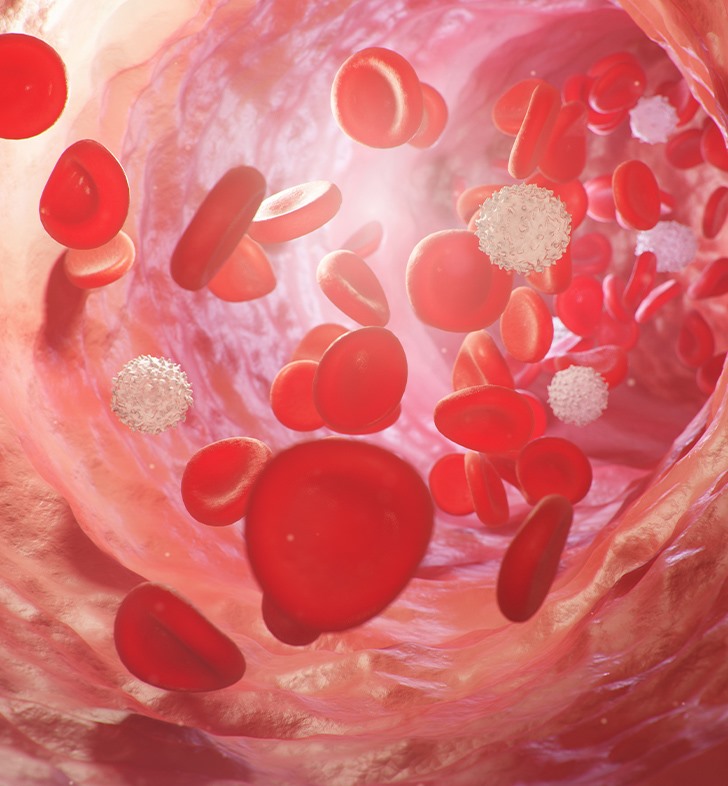
Blood Clots
What are the most common symptoms of
a blood clot?
Blood clot symptoms will depend on
where a clot forms in your body. Some people may experience no symptoms at all.
Blood clots can occur in the:
· Abdomen: Blood clots in the belly area can cause
pain or nausea and vomiting.
· Arms or legs: A blood clot in the leg or arm may
feel painful or tender to the touch. Swelling, redness and warmth are other
common signs of blood clots.
· Brain: Blood clots in the brain (strokes) can
cause a range of symptoms, depending which part of the brain they affect. These
clots may cause problems speaking or seeing, inability to move or feel one side
of your body and sometimes seizure.
· Heart or lungs: A blood clot in the heart will
cause symptoms of a heart attack such as crushing chest pain, sweating, pain
that travels down the left arm, and/or shortness of breath. A blood clot in the
lungs can cause chest pain, difficulty breathing, and sometimes can lead to
coughing up blood.
How are blood clots diagnosed?
Blood clot symptoms can mimic other
health conditions. Doctors use a variety of tests to detect blood clots and/or
rule out other causes. If your doctor suspects a blood clot, he or she may
recommend:
· Blood tests can, in some cases, be used to rule
out a blood clot.
· Ultrasound provides a clear view of your veins
and blood flow.
· CT scan of the head, abdomen, or chest, may be
used to confirm that you have a blood clot. This imaging test can help rule out
other potential causes of your symptoms.
· Magnetic resonance angiography (MRA) is an
imaging test similar to a magnetic resonance imaging (MRI) test. An MRA looks
specifically at blood vessels.
· V/Q scans test circulation of air and blood in
the lungs.